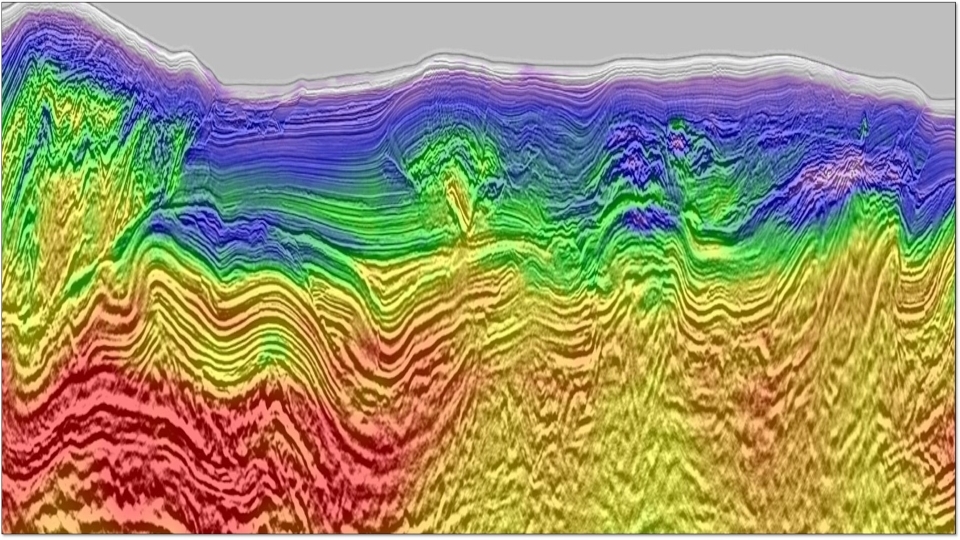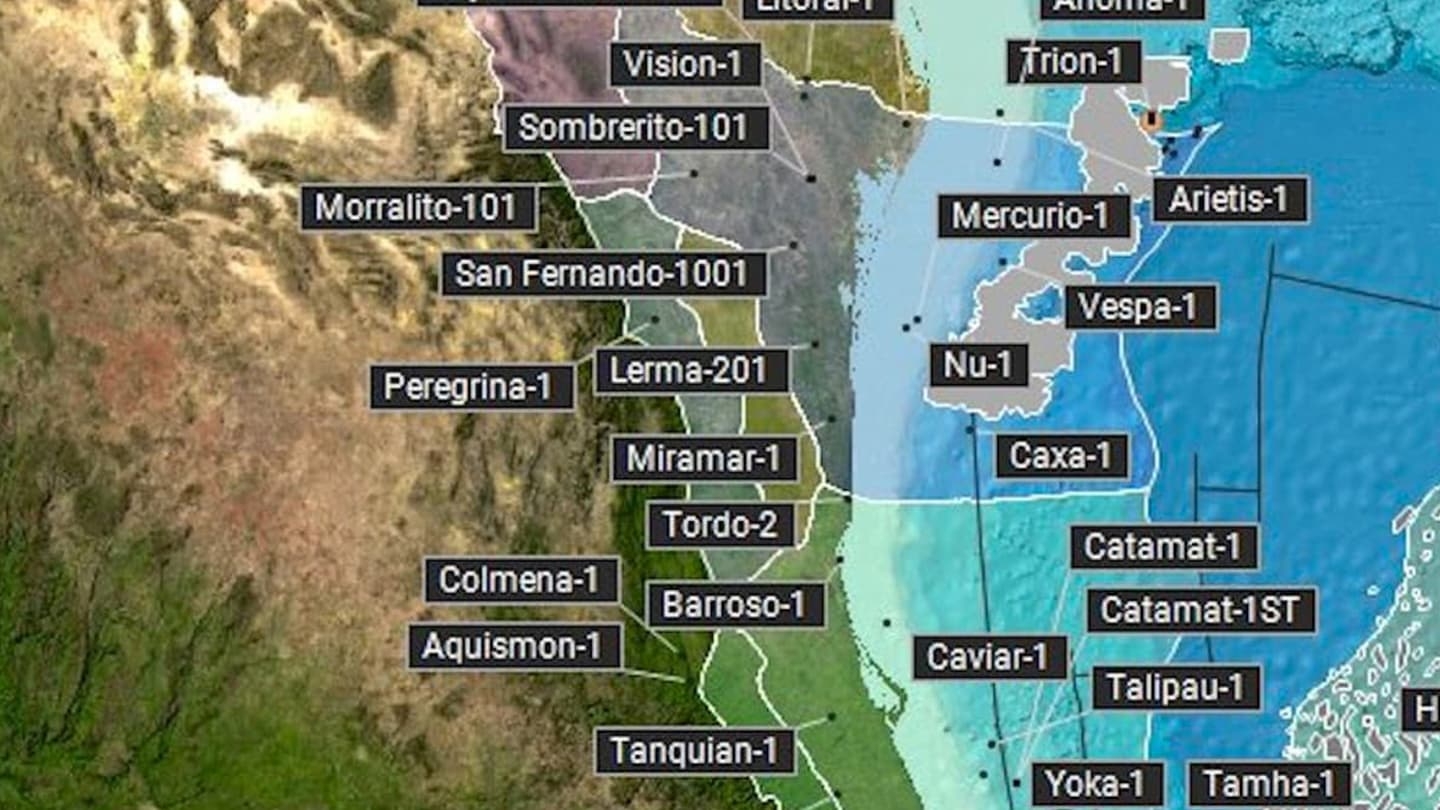Technical Abstract
Use of oil slicks to unlock reservoir characterization of broadband seismic
Back to Technical ContentIn offshore prospective areas, oil slicks at the sea surface are often seen as being the visible expression of a working petroleum system at depth. Synthetic Aperture Radar (SAR) has proven to be an effective tool for identifying these oil slicks by virtue of anomalously low backscatter values they produce. Linking surface oil slicks to features identified in the subsurface, such as vertical breaks in seismic, has been well documented as a successful step forwards in bringing additional value and confidence in both oil slick interpretation and subsurface data. Furthermore, recent progress in broadband seismic data processing and seismic reservoir characterization has opened the door to identifying and understanding subsurface features previously unseen, and has shown to significantly reduce the uncertainty of lithology prediction, especially by virtue of broadband’s enhanced low frequency content. The following case study combines surface oil slicks, broadband 3D seismic, and well data to de-risk the petroleum potential of an area of offshore Malaysia. Our study not only provides a compelling example of oil slicks correlating with features observed in the seismic data, but it also demonstrates the significant value of pushing the workflow further, by linking surface slicks to modelled reservoir through seismic reservoir characterisation.
Download Resource 
Publications
EAGE - European Association of Geoscientists and EngineersAuthors
Francois Baillard, Duncan Witts, Carlos Diaz





